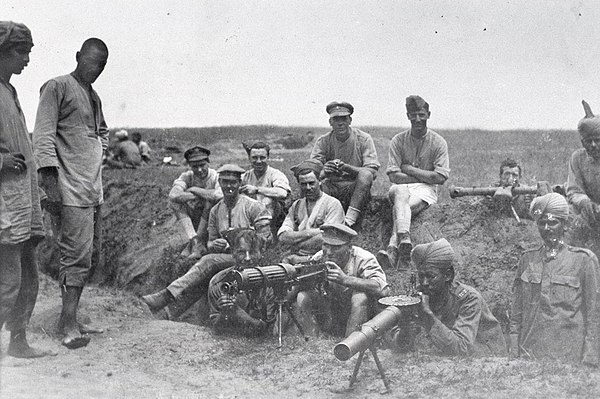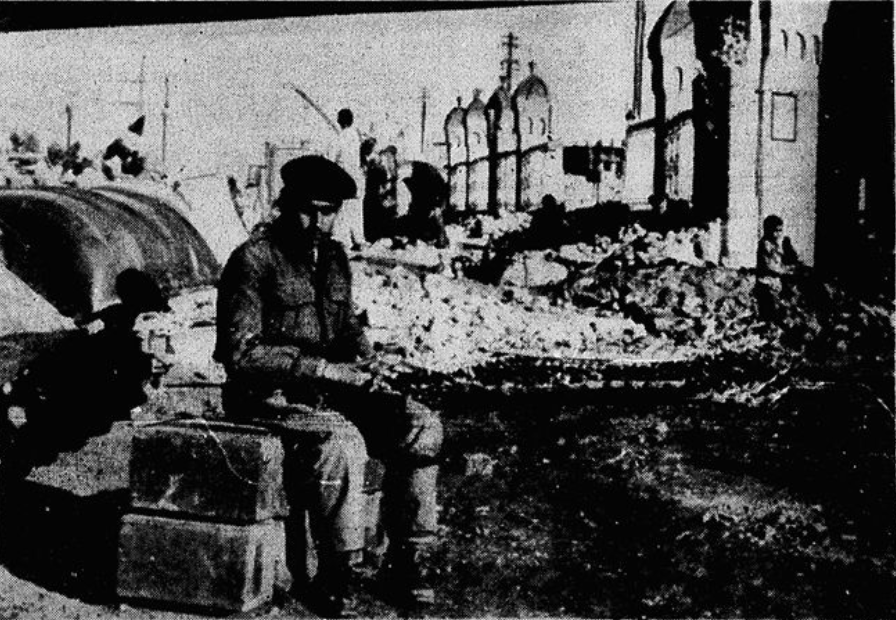The Late Bronze Age collapse, occurring around the 12th century BCE, was a period of significant upheaval in the Eastern Mediterranean and Near East, including regions like Egypt, the Balkans, Anatolia, and the Aegean. This era was marked by environmental changes, mass migrations, the destruction of cities, and the collapse of major civilizations, which led to a dramatic shift from the palace economies of the Bronze Age to smaller, isolated village cultures characteristic of the Greek Dark Ages.
This collapse brought about the end of several prominent Bronze Age states. The Hittite Empire in Anatolia and parts of the Levant disintegrated, while the Mycenaean civilization in Greece transitioned into a period of decline known as the Greek Dark Ages, lasting from around 1100 to 750 BCE. Although some states like the Middle Assyrian Empire and the New Kingdom of Egypt survived, they were significantly weakened. Conversely, cultures such as the Phoenicians saw a relative increase in autonomy and influence due to the decreased military presence of previously dominant powers like Egypt and Assyria.
The causes of the Late Bronze Age collapse have been widely debated, with theories ranging from natural disasters and climatic changes to technological advancements and societal shifts. Some of the most commonly cited factors include volcanic eruptions, severe droughts, diseases, and the invasions of the mysterious Sea Peoples. Additional theories suggest economic disruptions triggered by the advent of ironworking and changes in military technology that made chariot warfare obsolete. While earthquakes were once thought to play a significant role, more recent studies have downplayed their impact.
Following the collapse, the region saw gradual but transformative changes, including the transition from Bronze Age to Iron Age metallurgy. This shift in technology facilitated the emergence of new civilizations and altered the socio-political landscape across Eurasia and Africa, setting the stage for subsequent historical developments in the 1st millennium BCE.
Cultural destruction
Between approximately 1200 and 1150 BCE, significant cultural collapses occurred across the Eastern Mediterranean and Near East. This period saw the fall of the Mycenaean kingdoms, the Kassites in Babylonia, the Hittite Empire, and the New Kingdom of Egypt, along with the destruction of Ugarit and the Amorite states, fragmentation in western Anatolia's Luwian states, and chaos in Canaan. These collapses disrupted trade routes and significantly reduced literacy in the region.
A few states managed to survive the Bronze Age collapse, albeit in weakened forms, including Assyria, the New Kingdom of Egypt, the Phoenician city-states, and Elam. However, their fortunes varied. By the late 12th century BCE, Elam declined after defeats by Nebuchadnezzar I of Babylon, who briefly boosted Babylonian power before facing losses to the Assyrians. Post-1056 BCE, following the death of Ashur-bel-kala, Assyria entered a century-long decline, with its control receding to its immediate vicinity. Meanwhile, the Phoenician city-states regained independence from Egypt by the era of Wenamun.
Initially, historians believed that a widespread disaster struck the Eastern Mediterranean from Pylos to Gaza around the 13th to 12th century BCE, resulting in the violent destruction and abandonment of major cities like Hattusa, Mycenae, and Ugarit. Robert Drews famously stated that almost every significant city was destroyed during this period, with many never reoccupied. However, more recent research, including work by Ann Killebrew, suggests that Drews may have overestimated the extent of the destruction. Killebrew's findings indicate that while some cities like Jerusalem were significant and fortified in earlier and later periods, during the Late Bronze Age and early Iron Age, they were actually smaller, unfortified, and less significant.
Possible Causes
Various theories have been proposed to explain the Late Bronze Age collapse, including climate change, such as drought or volcanic activity, invasions by groups like the Sea Peoples, the spread of iron metallurgy, advancements in military weapons and tactics, and failures in political, social, and economic systems. However, no single theory has gained universal acceptance. It is likely that the collapse was due to a combination of these factors, each contributing in varying degrees to the widespread disruptions during this period.
Dating the Collapse
The designation of 1200 BCE as the starting point for the decline of the Late Bronze Age was largely influenced by the German historian Arnold Hermann Ludwig Heeren. In his 1817 work on ancient Greece, Heeren suggested that the first period of Greek prehistory concluded around 1200 BCE, a date he associated with the fall of Troy in 1190 BCE after a decade-long war. He further extended this dating to mark the end of Egypt's 19th Dynasty around the same period in his 1826 publication. Throughout the 19th century, this date became a focal point, with historians associating it with other significant events such as the invasion of the Sea Peoples, the Dorian invasion, and the collapse of Mycenaean Greece. By 1896, the date also encompassed the first historical mention of Israel in the southern Levant, as recorded on the Merneptah Stele. This convergence of historical events around the year 1200 BCE has since shaped the scholarly narrative of the Late Bronze Age collapse.
Aftermath
By the end of the Dark Age that followed the Late Bronze Age collapse, remnants of the Hittite civilization coalesced into several small Syro-Hittite states in Cilicia and the Levant. These new states were composed of a mix of Hittite and Aramean elements. Beginning in the mid-10th century BCE, a series of small Aramean kingdoms emerged in the Levant. Additionally, the Philistines settled in southern Canaan, where speakers of Canaanite languages had formed various polities, including Israel, Moab, Edom, and Ammon. This period marked a significant transformation in the region's political landscape, characterized by the formation of new, smaller states from the remnants of larger Bronze Age civilizations.






































































